The content of the article
Apple trees infected with a marsupial fungus called Venturia are uneven, covered with yellowish-green spots that gradually turn brown or blacken. Infected leaves crack and fall off early, and the fruits are wrinkled, deformed, and poorly developed. The disease, known as scab, destroys tree immunity and reduces yield. It is not easy to cure an apple tree, but it is possible if you regularly look after it and treat it with special means.
Traditional techniques
The range of fungicides is rich and varied, but not all gardeners agree to spray chemicals on fruit trees. Natural remedies are safer, but are designed to treat apple trees that are sick with scab for the first year. If the plants are properly treated with such compounds and preventive measures are taken, it is likely that the fungus will die. Folk recipes failed? Have to buy fungicides.
Horsetail, mustard and potassium permanganate
Have the leaves recently bloomed and become pale spots? It is recommended to pick three buckets of field horsetail and fill it with standing water. Cover with a sheet of iron or a lid, set aside in a corridor or under a canopy. After 3 days, separate the liquid from the cake and spray the apple trees from the tops to the very roots.
The fungus will also destroy the mustard powder, which is used 4-5 times per season. Apple trees are treated with a sharp solution after:
- the appearance of the first leaves;
- the formation of buds;
- falling petals when the flowers turn into an ovary;
- before fruit ripening.
In a bucket of settled warm water, dilute 80–90 g of greenish powder. Stir to completely dissolve the mustard and sprinkle abundantly on the crown and trunk of the tree. If the bitter solution gets on green apples, that's okay. The powder does not affect the taste of the fruit.
Potassium permanganate copes with bacteria and fungus, therefore, infected apple trees are sprayed with a concentrated dark pink solution. To process plants 3 times, it is possible and during fruit ripening. Abundantly irrigate branches and roots, grab even healthy trees for prevention. After potassium permanganate, the bark is covered with brownish stains, but they are harmless.
how to remove sow thistle from the garden folk remedies
Salt, whey and fire
In spring, plants are sprayed with concentrated brine. The tool slows down the vegetation, leaves and buds appear later than usual, so the scab does not have time to settle on branches and buds. A pack of table salt is bred in a bucket, bare trees are thoroughly stirred and plentifully watered.
Sprigs covered with young leaves and buds will save whey from the fungus. You will need a natural product that is passed through a filter, poured into a spray bottle and carefully applied to the bark and green shoots. Sour-milk bacteria contained in serum “eat” the fungus, gently cleansing the plants of spots.
Chemical attack
Natural remedies for scab work slowly, and the disease spreads quickly. The fungus affects not only apple trees, but also other fruit trees, as well as shrubs. The fungicides will stop the disease.
Autumn works
Chemicals are recommended for use in the fall, when the fruits are picked, and the damaged leaves have fallen. The tree has time to clear itself of synthetic substances and recover from the scab.
Branches, covered with black or brown spots, cut off, as well as the bark.Open areas smeared with copper sulfate. 30 g of the substance are dissolved in a liter of filtered liquid. Apple trees are sprayed from a spray bottle.
It is recommended to dig up the ground under the trees, but if instead of the usual soil the garden is decorated with lawn, then the grass is not torn out, but disinfected with ammonium nitrate. A 10% solution is prepared, which is generously watered under the trees.
It is not necessary to remove fallen leaves, because they protect the root system from frost. It is enough to destroy the scab that remains on the raw materials, urea. It will take 700 g of substance and a ten-liter bucket of filtered water. With a solution, spray or pour leaves and earth around the apple trees, as well as treat the trunks. You can take a brush and soak the trees with urea, so that the product gets on the fungal spores that are hidden under the bark.
An alternative is a solution of ammonium nitrate. 1 kg of chemical substance per bucket of settled liquid. Use like urea.
Spring treatments
Gardeners advise not to hope that one or two autumn disinfection will completely destroy the fungus. It is better to play it safe in the spring, before the appearance of the buds, to spray healthy and affected apples with a three percent Bordeaux mixture. Repeat the procedure after the isolation of the buds, when they just begin to divide into groups and dissolve. Reduce the concentration of the solution to 1-2%.
Disinfection with a weak Bordeaux mixture is carried out three more times per season:
- when the last inflorescences fade;
- 2 weeks after the second disinfection;
- after 21 days, during the formation of the fruit.
Irrigating apple trees with a Bordeaux mixture is recommended after heavy and prolonged rains that wash off the remnants of the product. The product is applied to slightly moist or dry branches 2-3 weeks before the harvest ripens. If it rains immediately before picking the fruit, it is better to wait until the fall.
The fungus is too active, but the apples are full and almost ripe? Instead of Bordeaux mixture, milder fungicides are used, such as:
- Rake;
- Chorus;
- Speed;
- Fitosporin-M.
The latter remedy belongs to a group of biological products that are not as aggressive as chemical analogues, but synthetic solutions cannot be abused.
Launched apple trees that have been ill with a fungus for many years will save:
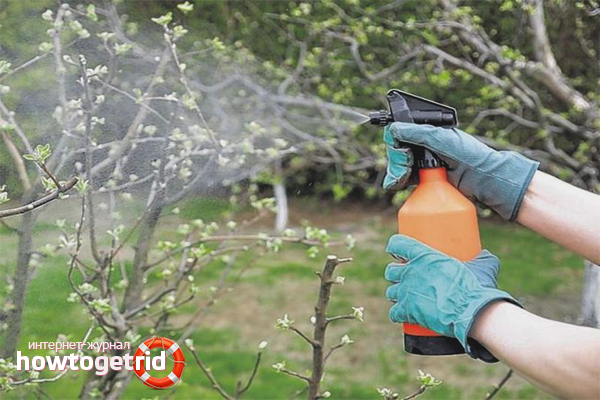
- Extrasol;
- Zircon;
- GUMI paste.
Sick plants are irrigated with medicinal solutions in the spring: when buds with leaves begin to open, and when the ovary becomes the size of a walnut. For the processing of a five-year-old apple tree, 40-50 liters of funds will be needed, and for older trees it is recommended to prepare from 100 to 200 liters.
Residents of rainy regions are advised Kuproksat, which is resistant to precipitation. A bucket of liquid will need 25 g of fungicide. Use twice per season.
In spring, when the temperature rises above +14, and the weather is sunny, without a hint of thunderstorms, the apple trees are treated with Vectra solution: 3 ml of the drug per ten-liter bucket.
One of the most powerful and effective is the fungicide Strobi. It destroys the fungus at temperatures from +4 to +1 degrees and is not afraid of moisture. Enough 1 g of fungicide per 10-12 liters of standing water. Between treatments take a break of 2-3 weeks. You can use other, milder, means or solutions of natural ingredients. Trees treated with Strobi must rest for at least 1 year. If the scab appears on them again, they recommend the Bordeaux mixture or its analogues: Cuproxate, Copper oxychloride
The fungus, which actively multiplies and spreads throughout the apple tree, will destroy the fungicide Bi-58 New or Horus. It will stop the scab Topaz, and the soft preparation Cumulus, based on colloidal sulfur, is allowed to be used 2 weeks before the harvest.
Preventative measures
Infected apple trees that could not be cured with natural remedies and fungicides are recommended to be cut and burned. Leaves that have fallen from young trees, which are no more than 4-6 years old, are transferred to a compost pit, covered with a thick layer of manure, or dug with the ground. Such apple trees are too fragile and defenseless, therefore, they recommend not to risk and cover the root system with sawdust or straw.
In winter, plants that have undergone spring and autumn treatment with fungicides necessarily fertilize. Potassium salt or nitrate, potassium or ammonium sulfate are suitable.
Scab is an insidious disease resistant to natural and synthetic drugs, so the fight against it begins with the first symptoms. Fungicides inhibit the marsupial fungus for a while, but if you do not take care of the apple trees and fertilize them, the infection returns and begins to attack other fruit trees.
Video: apple scab fight

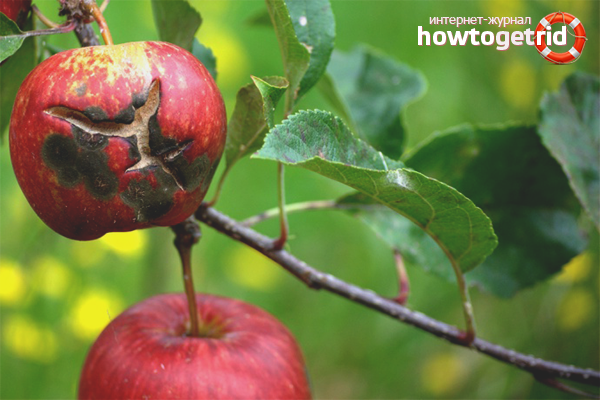
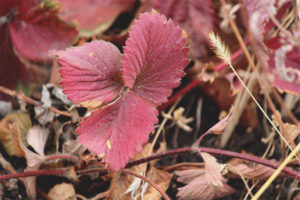
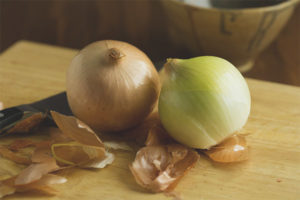

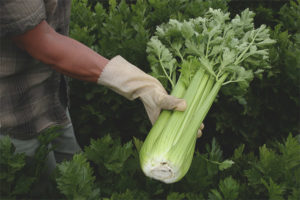

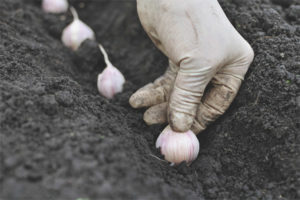
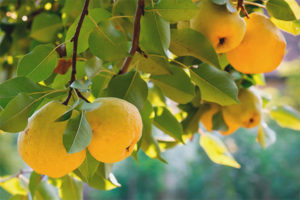
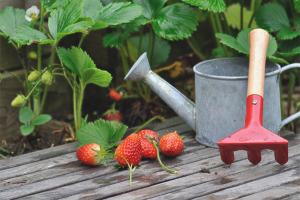
Submit